How does it make sense to use older planes for cargo, if they are no longer viable for passenger use? It does, in a couple of ways at least! Except when it doesn’t.
It’s something we’ve been taking for granted. Aircraft get older, then some of them go in the desert for storage; sadly, others become fizzy drink cans. But some older planes get a new role, carrying cargo. Those that do, stay in that role for another decade – often more. Why? OK, the passenger cabin’s gone, but surely, the biggest maintenance costs lie elsewhere. If the same maintenance on their engines and airframe is still necessary, how come it makes sense to use them this way?
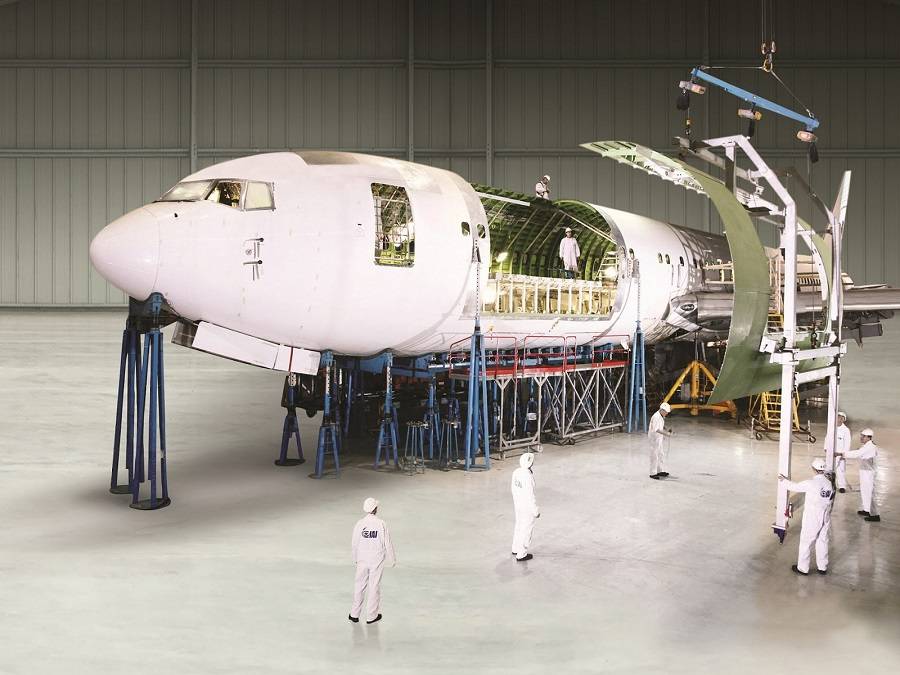
The simplest, laziest answer is that it depends on what we’re comparing these planes with! If your cargo company used even older planes, something a bit younger is an improvement. We have recently looked at the first passenger-to-freighter (P2F) conversions of Boeing 777-300ER aircraft. The launch customer of the IAI/GECAS 777-300ERSF freighter is Kalitta Air. And they will use these jets to replace 747-400 conversions.
But there is more to it than that. This isn’t simply a case of a chain of old Vs older cargo planes, tumbling down the obsolescence ladder. As with most things around business, this is a matter of cost. Let’s stick to widebodies here, to keep things simple(r). We will also make some assumptions, e.g. that older planes burn more fuel and need more maintenance than new ones.
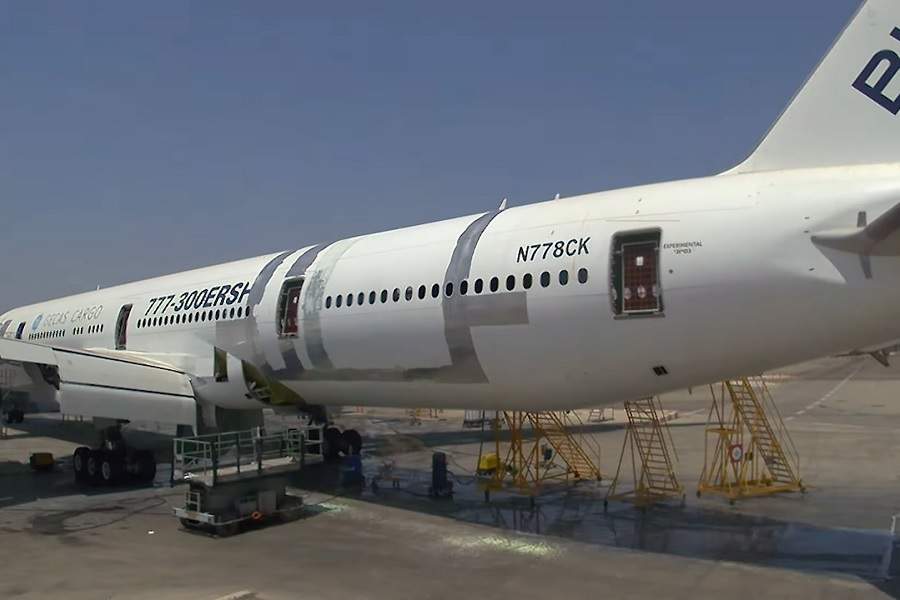
Cargo – Older Versus New Planes
So, we’re starting a cargo airline, we have backing from some friendly investors and we’re plane shopping. And we find that a shiny new freighter would set us back around $120 million per plane (a random number). By contrast, a very similar-looking, 16-18-year-old airliner, still with its passenger seats, could cost around $15-20 million. And converting this older plane for cargo use would cost another $15-20 million.
Again, these numbers are somewhat arbitrary, if for no other reason because pandemic retirements of widebodies changed them – a lot. But the cheaper a plane gets (at a given age) the more attractive it becomes for conversion. And as we’ve seen, some companies are doubling and tripling their conversion capacity. It’s not because they think pandemic cargo demand will last forever; it’s simply that older widebody planes got cheaper!
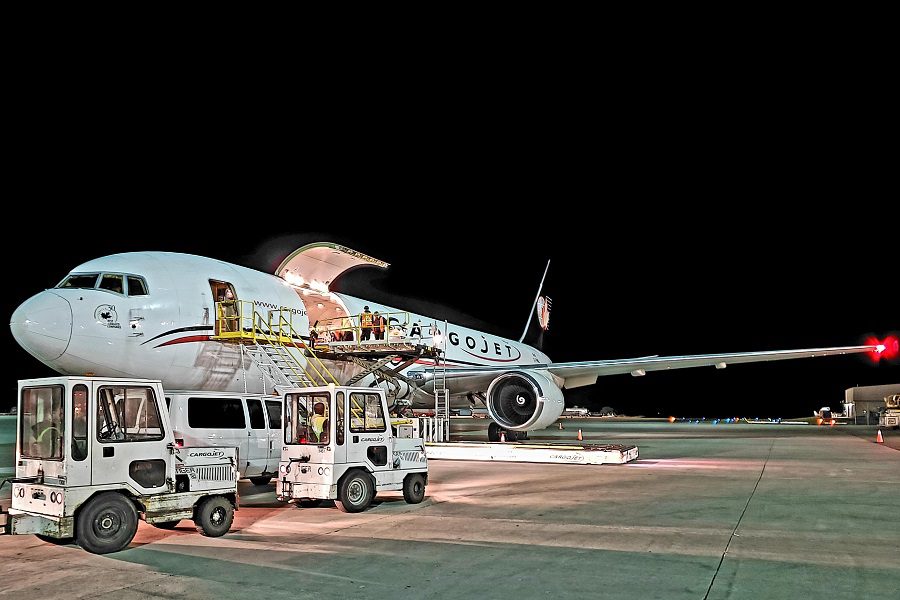
So, let’s return to our dilemma, as a startup cargo airline. We can get a new and efficient fleet, costing X amount of money. Or, we can get an older fleet of converted cargo planes, costing a third of X. What’s the best option? Well, it depends somewhat on how generous (and patient) our investors are. But what it really depends on most, is how much use we’re planning on getting out of these planes.
Since we’re a new company, we probably don’t have a solid customer network yet. This means that our cargo planes, old or new, won’t fly for many hours per day. Not for the first few years, anyway. That’s not necessarily the case, by the way; maybe our nice investors have someone like Amazon pining for our services!
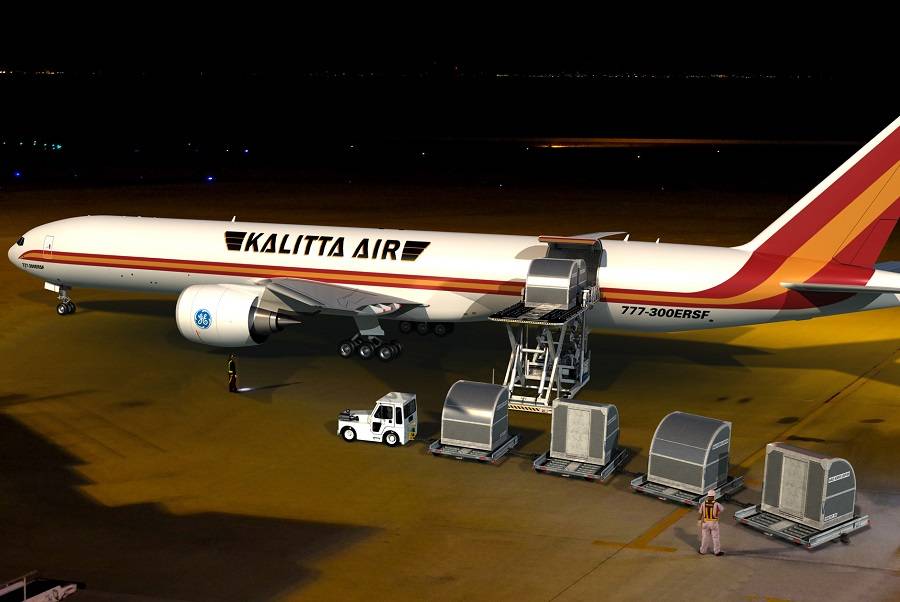
Utilization And/Or Efficiency?
If we won’t keep our cargo planes in the air constantly, then older ones aren’t a bad idea. New, more efficient planes will still be cheaper to run, but won’t give us much of an advantage when they’re sitting on the ground. As a new player, we would try to fly routes that big existing cargo companies don’t serve directly. In cargo, efficiency isn’t everything.
On the other hand, if we have good finances and a solid network, new freighters are the way to go. Companies like FedEx and UPS fly A LOT. So they have substantial fleets of freighters that they bought new. But of course, they still buy older converted cargo planes, if they spot an opportunity. Often, these converted jets will be the same type as those they bought new, simplifying maintenance and repairs.
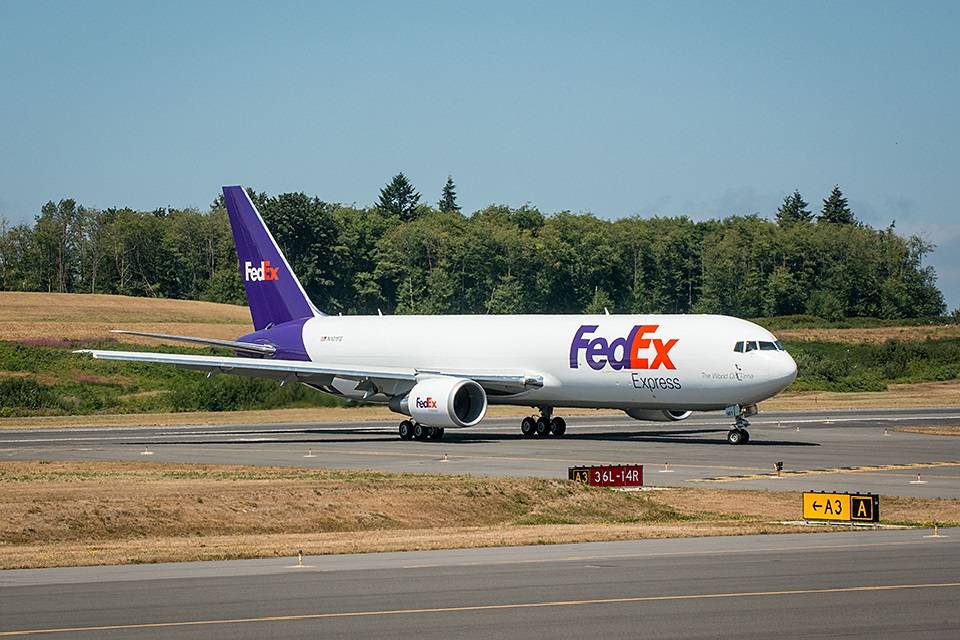
The bottom line, then, is utilization. How many flight hours can you get out of the less efficient older cargo planes, before the extra fuel they burn catches up with the extra cost of new planes? That, plus your initial capital, will determine the answer. But again – an upset like this pandemic could change these numbers overnight.
Older Cargo Planes, Special Roles And Emissions
Also, age can be very misleading. That assumption of ours, that old cargo planes burn more fuel than new ones? Again, it depends. A 16-year-old 777-300ERSF converted freighter may actually be more efficient, for many routes and loads, than a brand-new 747-8F! The catch is that thanks to its enormous front door, the 747-8F can carry oversize loads, that the 777 can’t. So the right choice really depends on what customers we’ll have, as a cargo company.
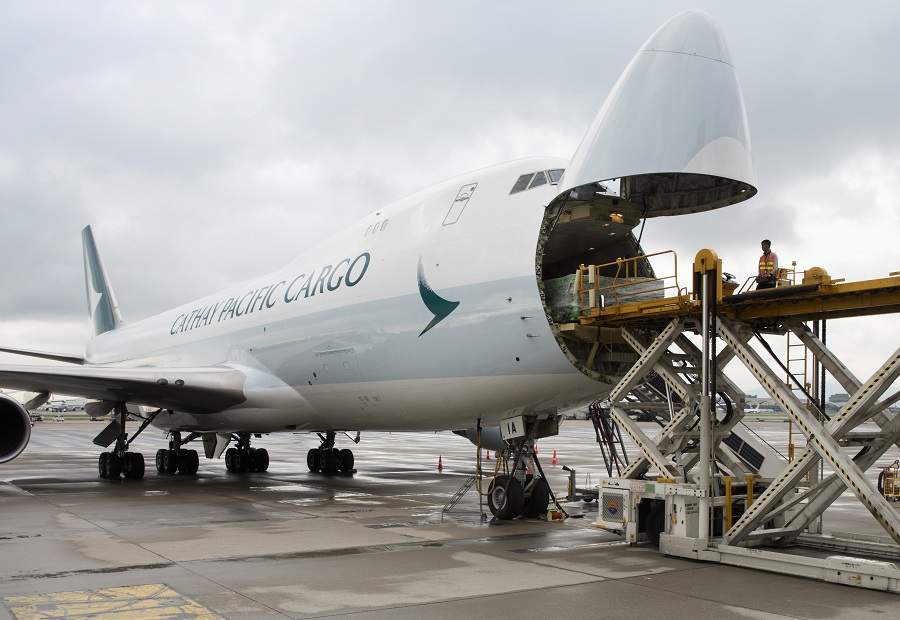
And obviously, cargo operations lack many considerations of passenger airlines, regarding older planes. Pallets of freight don’t really care how old fixtures and fittings are, or how often the airline refreshes them. As for maintenance costs, as long as our planes aren’t seriously old, maintenance isn’t as expensive as some assume. Many 20-year-old jets undergo freighter conversion while their engines are still in production!
But there is more at play here. New regulations on emissions and noise, could tip the balance towards new planes, soon. Whether this is environmentally sound or not, is up for debate. Getting another 15-20 years out of an existing older plane could be less energy-intensive than building a new cargo jet. Nonetheless, this is a changing parameter, that could lead to the launch of newly-build narrowbody freighters, as we saw.

And finally, these economic factors have implications for the possible introduction of single-pilot airliners, for freighter use. But that’s a topic for another article. Stay tuned!



